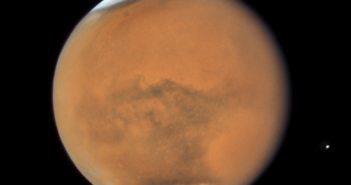
One of the biggest dust storms ever observed developped on Mars last summer. This article briefly describes the three states of the dusty martian atmosphere and how they can be identified on images: active storm, decay phase, clear atmosphere.

One of the biggest dust storms ever observed developped on Mars last summer. This article briefly describes the three states of the dusty martian atmosphere and how they can be identified on images: active storm, decay phase, clear atmosphere.
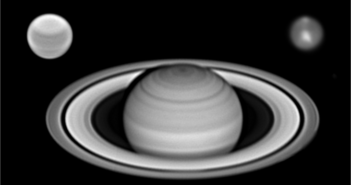
From August 6th to 9th, 2016, I went back to the Pic du Midi Observatory for a second planetary mission with the 1 meter telescope. It has been a great success especially with Neptune storms imaging!
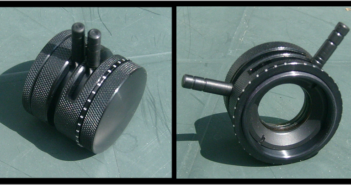
After the IR-cut article of last time, here is another unavoidable accessory with this color cam (…and every other!): the atmospheric dispersion corrector, or ADC.
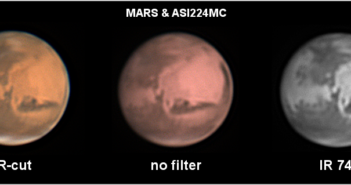
After dealing with the sampling of the ASI224MC, here is a second article that talks about an essential accessory: the IR-cut filter.

Getting ready for the arrival of the JUNO spacecraft in orbit around Jupiter, a workshop was held this month in Nice, France, around scientists and amateurs from various countries in the world. High quality informations now available for everyone!
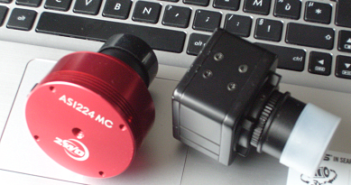
I’m beginning a serie of articles dedicated to this little imaging bomb that is the ASI224MC camera from ZWO. It’s quite different from the PLA-Mx that I have been using this past years, first because of its pixel size… Let’s take things by the beginning: the setting of the sampling!
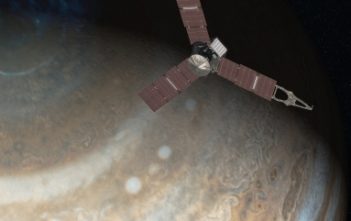
In 2016, a major event in the Solar system exploration is going to take place: the arrival of a new space proble around Jupiter : JUNO. This should take place during the summer of 2016 and it will be the first since the Galileo orbiter (1996-2003). Scientists ask amateurs for their…
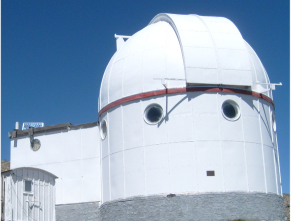
After the mediocre to fair nights described in (1) and (2), here are my observations during the next two following nights (August 31th to September 1st and 1st to 2nd). Those two nights have been somewhat cloudy, but with a much better seeing. Meteorological conditions had changed too !

After a general review of the AstroQueyras observatory context, here are some of my notes related to the observed weather and night sky quality during my stay. On the first two nights (August 29/30 and 30/31) the sky was clear but seeing was quite mediocre. I have note a particular phenomenon…
AstroQueyras is an observatory located at an altitude of 2930 meters in the deep french Alpes mountains, very close to the italian border. It welcomes one-week amateur missions as well as one-night public stays. It’s equiped with a 620 mm F/15 Cassegrain, a 500 mm F/8 Ritchey-Chrétien and a 200 mm flat-field…